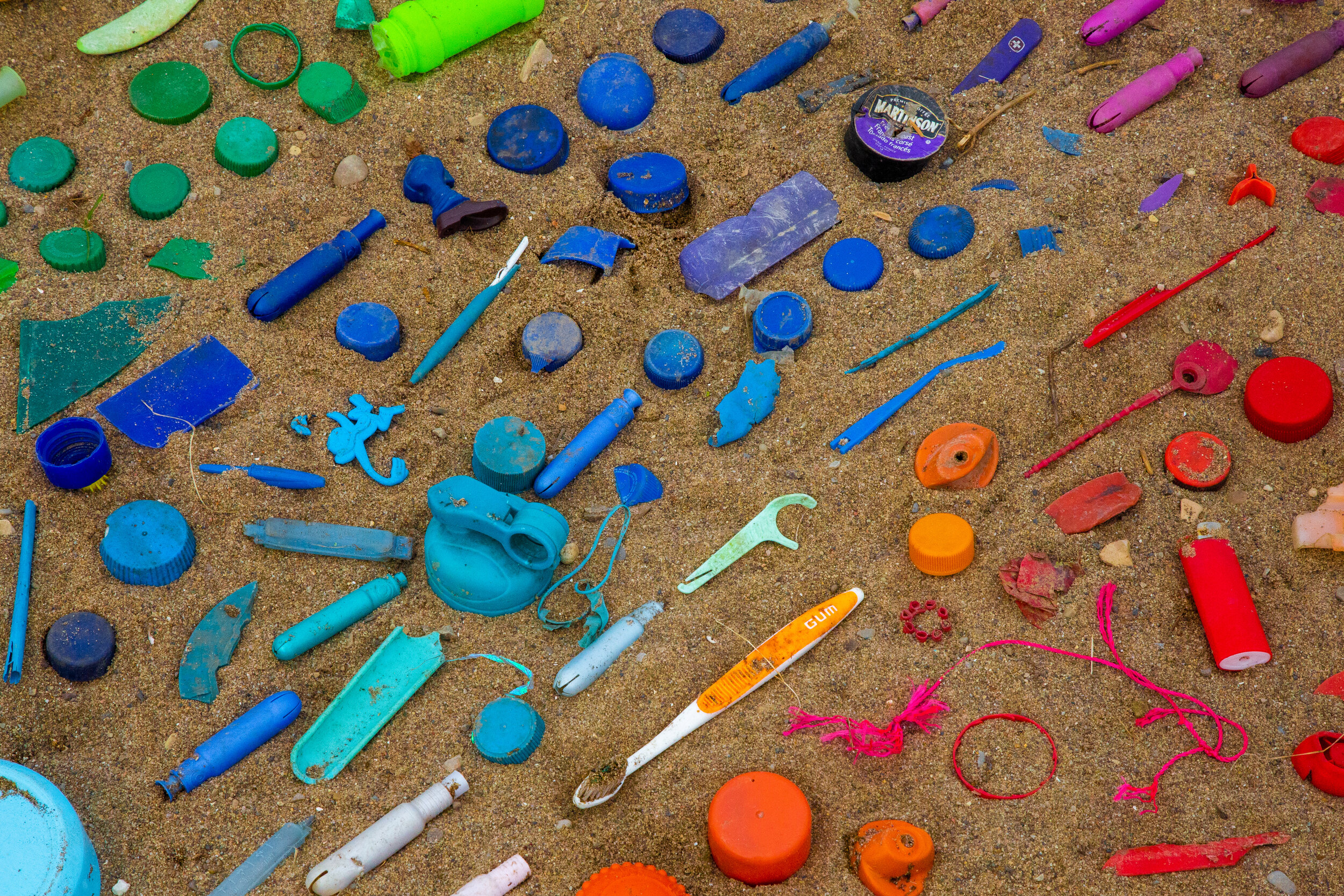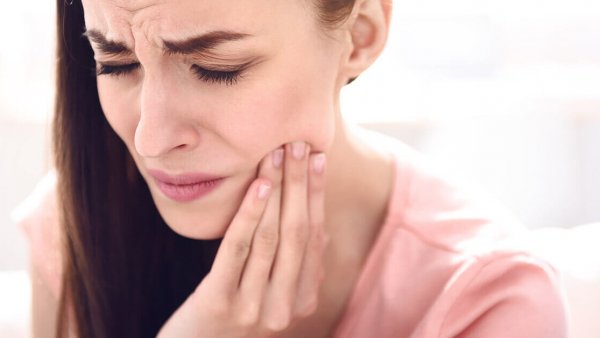People, plastic and the planet!
Drastically reducing single use plastic is one of the most life changing thing you can do this year!
Plastic is a major pollutant of the planet but also has many adverse effects on one’s health via it’s action as a xeno-estrogen. The aim of this blog is to understand the impact of xeno-estrogens on the body and how we can improve health through changing our use of plastic.
Plastic
We’ve all seen photos of our oceans strewn with plastic rubbish, the islands of land fill and animals choking to death from plastic flotsam and jetsam. It’s a bit harder to show a photo of the plastic chemicals that fill our bodies. But they are there and they can have detrimental affects on ones health.
Byproducts of plastic produce chemicals or hormone like substances called xeno-estrogens. These substances have the potential to mimic our natural estrogen and interfere with natural hormone cycles. Plastic in the body (like on the planet) never breaks down!
NB: Xeno-estrogens are also found in PCB’s, pesticides, some herbicides and detergent by-products. They are everywhere!
People
Some of the health complaints that have been linked to a dominance of xeno-estrogens include PMS, osteoporosis, dysmenorrhoea, endometriosis, complaints in menopause, increased risk of heart disease, increased blood pressure and cancer of the reproductive organs.
How do xeno-estrogens impact out health?
Xeno-estrogens are capable of mimicking our natural estrogen. This means that they are capable of attaching to an estrogen receptor site (which is like a lock that needs to be turned on & off). Using this analogy xeno-estrogens act like ‘fake keys’ that may:
-
Fit into the keyhole (receptor site) but can’t fully unlock it –so don’t trigger normal activity on a cellular level.
-
Act like a “poorly cut key” which sometimes opens the lock but other times it doesn’t – so inconsistent messages are sent.
-
Act like a “skeleton key” which fits perfectly and fully unlocks the site and yet still has adverse effects to do with how they are then metabolised by the liver.
Furthermore, by attaching themselves to receptor sites, xeno-estrogens prevent natural estrogens from attaching. In doing this they disrupt the intricately balanced relationship of estrogen to progesterone.
What can be done to reduce the effects of xeno-estrogens ?
The good news is that there are very achievable diet and lifestyle changes that you can make to drastically reduce the effects of xeno-estrogens.
Avoid exposure to xeno-estrogens
Your greatest exposure to xeno-estrogens are from common products in foods, food containers and personal care products. Here are a few examples:
-
Butylated hydroxyanisole, BHA (food preservative)
-
Erythrosine (food coloring FD&C Red No. 3)
-
Bisphenol A, BPA (polycarbonate plastic denoted as #7, #3 or PC on the recycling symbol)
-
Polychlorinated biphenyls, PCBs (electrical oils, lubricants, adhesives, paints)
-
Ethinylestradiol (birth control products)
-
4- Methylbenyzlidene camphor, 4-MBC (sunscreen lotions)
-
Parabens, commonly known as methylparaben, ethylparaben, propylparaben and butylparaben (cosmetics, lotions and shampoos)
So choosing these items carefully is the best way to reduce exposure. Some other things to consider are:
-
Eat pesticide free foods.
-
Drink purified water. This avoids exposure to breakdown products of detergents, pesticides etc. that exist in our waterways.
-
Store food in glass or stainless steel.
-
Read labels of tinned and processed foods .
-
Look for PBA free signs on food and cosmetics
-
Avoid food heated in plastic ware or stryrofoam trays
By doing this you will not only be avoiding xeno-estrogens but will also have the bonus of choosing a healthier diet.
Increase exposure to phyto-estrogens
Here is another term that refers to an estrogen like substance. These however, are safe and beneficial for the body. Phyto-estrogens are found in plant food sources and have a protective action on the body because they also bind to estrogen receptors thus prevent xeno-estrogens from “locking” in.
When metabolised by the liver they have been found to yield a “non-harmful” estrogen byproduct which is weakly anti-estrogenic & non-genotoxic. This point is given more credence when compared with the “harmful” byproducts yielded from the metabolism of xeno-estrogens such as pesticides. These products have been found to be fully potent oestrogenic in nature, tumourogenic & genotoxic.
Support the bodies natural detoxification pathways
Avoiding the harmful effects of plastics ( xeno-estrgens) is also achieved by supporting the bodies natural detoxification pathways. The liver, gall bladder and digestive system are major organs of detoxification for phyto-chemicals. The lymph, respiratory system and skin also clear toxins from the body. Getting a good night’s sleep, drinking adequate water, exercising are also essential for efficient detoxification.
For some people simply removing xeno-estrogens has profound effect on their hormone cycle. This is particularly relevant for woman with signs of an “estrogen dominant” menstrual cycle, which includes symptoms such as PMS, water retention, tender breasts, or heavy painful menses. If that does not help then other causes such as low progesterone or thyroid imbalance need to be considered.
What is the role of a naturopath?
A naturopath will assess your health complaint, look for underlying causes and advise on the best course of treatment. The use use of herbal medicine, nutritional supplementation, diet and lifestyle advice is all aimed at supporting the body to cleanse, relax, nourish or energise.
Planet
Since the industrial revolution, plastic has slowly embedded itself into the fabric of our everyday existence. As a society we need to unpick the use of plastic from our automatic behaviour. We need to find ways where single use plastic is an exception not a norm in our lives.
Ways we can change our use of plastic at home and in the workplace.
-
Keep it real – use natural packaging and products e.g. paper, bamboo, stainless steel, calico, beeswax wraps
-
Make a plan –start with easy achievable ways of eliminating plastic e.g. stop using bin liners; use a shopping bag not a plastic bag, recycle soft plastics.
-
Make a commitment – join the “Plastic Free July” campaign , connect with community projects, neighbours or friends.
Get Drastic on Plastic
Plastic has enriched our lives in many ways because of its durability. Medicines, protective clothing and food storage are just some of the ways we benefit from plastic. But these items are long lasting. It is the abundance of single use plastic that has wreaked havoc on our environment, people, plants and animals.
By simply reducing single use plastic we can have a huge impact on our ecology.
Copyright Next Wave Therapy
Written by Sasha Wray
Principal Occupational Therapist and Principal Naturopath at Next wave Therapy in Fremantle.
Sasha has a special interest in helping people to live well. She treats complex pain presentations, chronic pain, mental health, trauma, neuro-endocrine and hormonal health.







